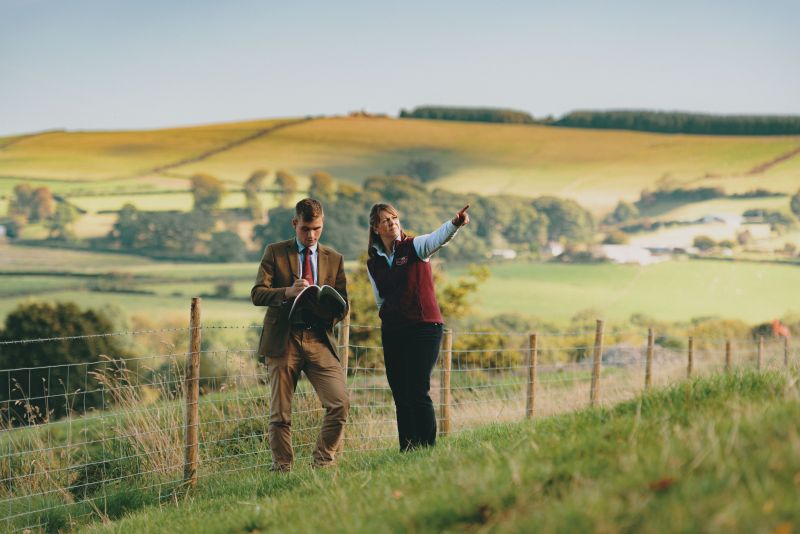
Retiring farmers increasingly struggle to find people to take on the farm, leaving questions on how they will provide for themselves while considering those benefitting from their estate.
Farmers have four options for this situation according to rural property specialists McCartneys.
One of these is to sell the farm. However, this would be subject to capital gains tax and it would also increase inheritance tax.
Jenny Layton Mills, partner at McCartneys, explains: “If this is your favoured option, start by getting the house and land valued, and decide whether to sell by auction, tender or private treaty.
“I would advise speaking to a land agent about any development opportunities prior to selling to help increase the value of the property.”
The second option is letting the farm as a whole. This is a good choice for those who want to avoid inheritance tax and don't want a clean break from the farm.
Ms Mill says: “One of the drawbacks of this route is that it does require having capital to reinvest in a property for you to live in, but the tenancy could provide a good income to help support retirement.
“It’s advisable to put the farm out to tender to test the market and choose the right person to take on the farm. Once you have the right person lined up, set up a farm business tenancy agreement.”
The third option is share or contract farming. This can work for people who want to remain in the farmhouse but are not able to work full time on the farm, yet still want to be involved.
“In this situation it’s really important to make sure that agreements are set up correctly to protect the agricultural property relief,” she says.
“You need to demonstrate that you’re still involved in farming activities or decisions. For example, set up regular meetings with contractors to discuss the cropping options.”
The final option is to stay in the farmhouse and let the land out on cropping or grazing licences.
Ms Mills explains: “These licences need to be set up with your land agent to ensure both parties are aware of their obligations.
“The farmer needs to demonstrate that they’re spending money on the land, not just merely letting it, otherwise you could risk losing the agricultural property relief.
“This means maintaining the land, for example fertilising, providing for boundaries. The work can be carried out by a contractor, but you must pay for it and provide receipts for proof,” she says.
